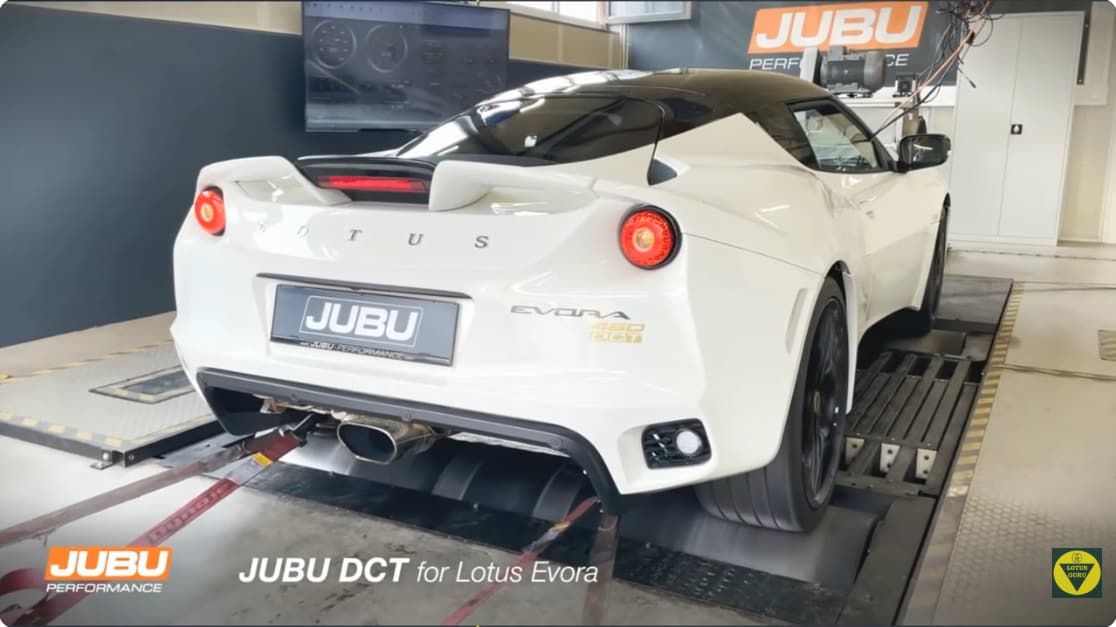
This video, "Evora Part 2 Transmission," details Lotus's choices and modifications for the transmission in the Evora, explaining the rationale behind their decisions given budget and time constraints.
Here's a breakdown of the key points:
Manual Transmission - EA60 Gearbox
Selection: Lotus chose the EA60 gearbox, originally fitted to Toyota Avensis and Auris with four-cylinder diesel engines. This choice was due to its ability to handle high torque loads of over 400 newton meters.
Early Issues & Solutions:
Initial Evoras used standard Toyota gear ratios, resulting in "long" gearing that didn't suit a sports car.
Lotus introduced a "sports ratio" box as an option, which became standard on all Evoras from the 2010 Evora S onward. You can identify sports ratio gearboxes by "GB" followed by numbers stamped on the casing.
To fit the EA60 to the 2GR engine, Lotus manufactured a cast alloy adapter plate.
A bespoke flywheel and clutch plate from AP Racing were commissioned to work with the engine's flex plate, as the 2GR was not designed for a manual gearbox.
Later Evora S models received a new low inertia flywheel and a lighter, heavy-duty clutch. The clutch diameter was increased to 240mm for the Evora 400 series to handle increased torque.
Clutch Life & Maintenance: Clutch life is variable, averaging about 20,000 miles. Replacing the clutch is a significant job, requiring the removal of the rear clam shell, engine, and gearbox, taking approximately 21.5 hours of labor.
Gearbox Noise: The EA60 is mechanically noisy, a characteristic often dismissed by Lotus. Early Evoras had excessive noise, partly due to a clutch center plate issue, and an internal gearbox problem with a moving spacer, which was later rectified with a one-piece gear and spacer.
Limited Slip Differential (LSD): With the introduction of the Evora 400 in 2015, Lotus fitted a Quaife automatic torque bias differential to improve traction.
Gear Change Mechanism:
Early cars (up to 2012 model year) used grey Cofaigh cables that could become tight.
From 2012, Lotus switched to larger diameter blue cables from Ringspan, improving shift quality. Swapping to the later cables on early cars is possible but requires significant interior and gear change assembly modification.
The Evora 400 saw a significant improvement with a new, nicely engineered alloy gear shift assembly, separate from the handbrake, and a more efficient cable layout.
Oil Cooler: An oil cooler was added to the manual gearbox with the Evora 410 Sport in 2016 to prevent overheating during hard track use.
Automatic Transmission - U660E Gearbox
Selection: Lotus chose the U660E, a six-speed electronically controlled torque converter transmission, as it is the gearbox Toyota typically pairs with the 2GR-FE engine, requiring no adaptation.
Lotus Modifications:
Lotus opted for an electrically operated shift rather than a manual lever, using a Dura-supplied shift actuator motor and a push-button panel in the car.
Toyota paddle shifts were fitted to the steering wheel.
Lotus developed its own calibration for the gearbox to suit a sports car.
Adaptive Learning: This gearbox is adaptive and constantly learns based on how it's driven. It needs about 1,000 miles of driving in auto mode to adapt and learn; driving hard in manual mode immediately after replacement or reset can destroy the gearbox.
Serviceability: Lotus offers few serviceable parts for the automatic transmission beyond solenoids, some sensors, and connectors. The gearbox is also sensitive to incorrect oil levels.
Source: https://www.youtube.com/watch?v=iN5GAhZUYMQ&t=54s
Source: https://www.youtube.com/watch?v=iN5GAhZUYMQ&t=54s